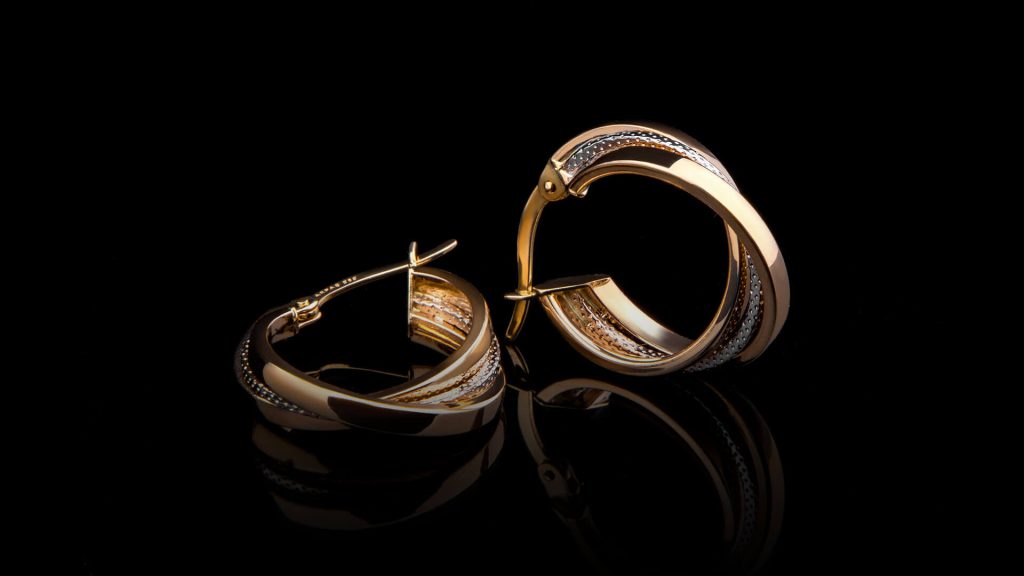Surface piercings offer a bold and creative way to express yourself through body art, standing out from traditional piercings with their unique placement and style. Unlike conventional piercings that pass through a body part like an earlobe or nostril, surface piercings are placed on flat areas of the skin where the jewelry sits parallel to the surface rather than going straight through. This gives them a distinctive look but also requires special care and consideration.
### What Exactly Are Surface Piercings?
Surface piercings involve inserting a barbell-shaped piece of jewelry just beneath the skin’s surface, with two entry points that anchor it in place. The jewelry lies flat against your skin instead of hanging down like typical earrings or nose rings. Because they’re positioned on flatter areas—like your neck, chest, hips, or even face—they create an eye-catching effect as if gems or studs are embedded right into your skin.
There’s often some confusion between surface and dermal piercings: dermal (or microdermal) piercings have only one entry point with an anchor implanted under the skin holding a single decorative top visible above it. Surface piercings have two points where the barbell enters and exits horizontally across the skin[3].
### Popular Placement Spots for Surface Piercings
Surface piercing placements can be incredibly versatile but tend to work best on relatively flat surfaces where there’s enough tissue to hold the jewelry securely without excessive movement.
– **Eyebrow**: One of the most common spots is along or just above/below your eyebrow hairline. You might see vertical eyebrow piercings passing from below to above or horizontal ones sitting neatly across[1].
– **Bridge of Nose**: Known as bridge piercing or Erl piercing, this sits right between your eyes on top of your nose bridge for a striking symmetrical look[1].
– **Forehead (Third Eye)**: A vertical piercing centered in line with what some call the third eye chakra area offers both spiritual symbolism and edgy style[1].
– **Chest & Collarbone Area**: Flat expanses like these allow for multiple surface bars arranged artistically.
– **Hips & Lower Back**: These spots provide room for creative designs but require careful aftercare due to movement when walking or sitting.
### Style Choices & Jewelry Options
The classic choice for surface piercing jewelry is a curved barbell designed specifically so both ends sit flush against your skin without snagging easily. Some prefer small decorative ends such as gems, spikes, balls, or plates that add personality while keeping things secure.
Because these placements are more prone to irritation than traditional ones—due largely to their location near clothing edges or frequent motion—it’s important you choose high-quality materials like implant-grade titanium which reduce allergic reactions and promote healing.
### What To Expect During Healing
Healing times vary depending on placement but generally range from 6 weeks up to 3 months due to constant exposure and potential friction at these sites. Surface piercings can be more prone to rejection because they sit close under thin layers of skin; this means sometimes your body pushes out the jewelry over time if it senses irritation.
To help avoid complications:
– Keep pierced areas clean using saline solution.
– Avoid tight clothing rubbing directly over them.
– Refrain from touching them unnecessarily.
– Follow professional aftercare instructions closely.
If you notice redness increasing beyond initial healing stages, swelling worsening significantly, discharge changing color drastically—or if pain intensifies—consulting a professional promptly is wise.
### Pain Factor & Cost Considerations
Pain levels during getting pierced vary by individual tolerance but typically fall into moderate territory since needles pass horizontally beneath sensitive layers rather than deep tissue punctures seen in other types. Costs usually range around $30-$40 per piercing depending on studio reputation and location[1][3].
### Final Thoughts On Style Impact
Surface piercings let you wear something truly unique—a subtle sparkle embedded directly into unexpected place

